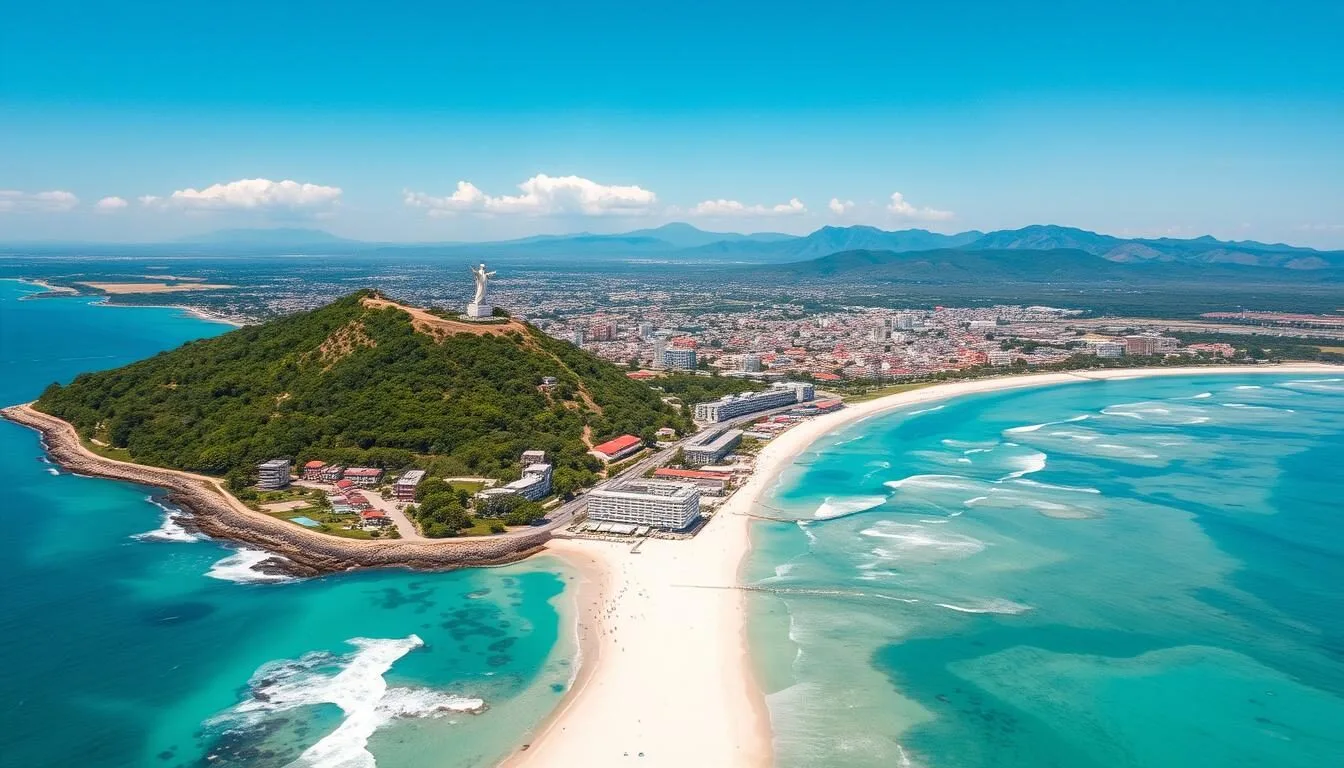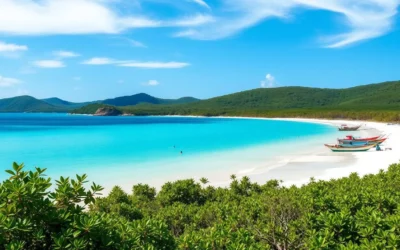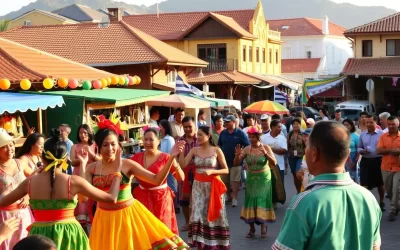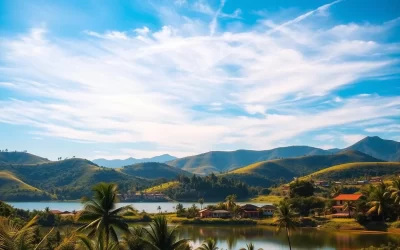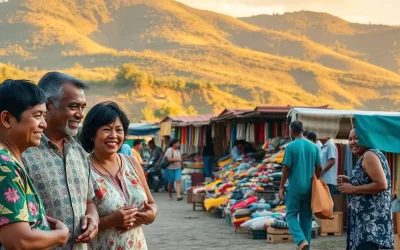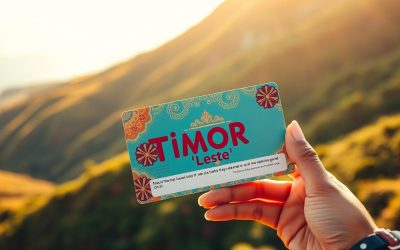Getting to Timor-Leste
Reaching Timor-Leste requires some planning, as flight options are limited. The main international gateway is Presidente Nicolau Lobato International Airport in Dili, the capital city. Most travelers arrive via flights from Denpasar (Bali), Darwin (Australia), or Singapore.
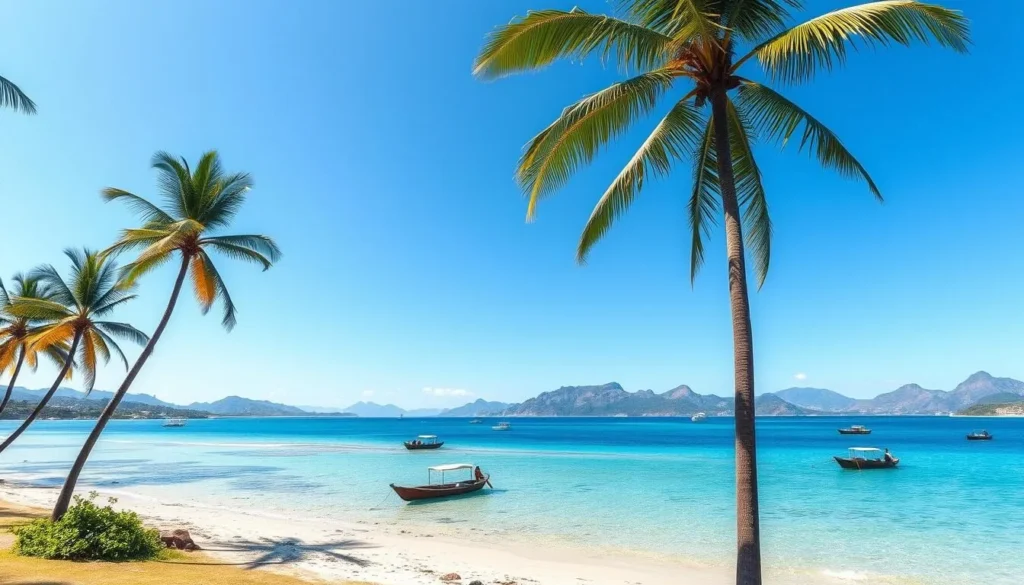
Ready to explore Timor-Leste?
Find the best flight deals to start your adventure in Southeast Asia’s hidden gem.
Flight Routes to Timor-Leste
| Departure City | Airlines | Frequency | Approximate Duration |
| Denpasar (Bali) | Citilink, Air Timor | Daily | 1.5 hours |
| Darwin (Australia) | Airnorth | 3-4 times weekly | 1.5 hours |
| Singapore | Air Timor (codeshare) | 2-3 times weekly | 3.5 hours |
The most affordable route is typically through Bali, with one-way flights starting around $150 USD. Book well in advance for the best rates, especially during the peak dry season (June-September).
Visa Information
Obtaining a visa for Timor-Leste is relatively straightforward. EU passport holders are exempt from visa requirements. For most other nationalities, a 30-day tourist visa is available upon arrival at Dili International Airport for $30 USD. Remember to bring US dollars in cash, as credit card facilities may not be reliable.
Important: Ensure your passport has at least six months validity from your planned date of entry and carry proof of onward travel when arriving in Timor-Leste.
Best Time to Visit Timor-Leste
The optimal time to visit Timor-Leste is during the dry season from June to September when temperatures hover between 26-34°C (79-93°F). This period offers clear skies, excellent visibility for snorkeling and diving, and more reliable road conditions for exploring the countryside.
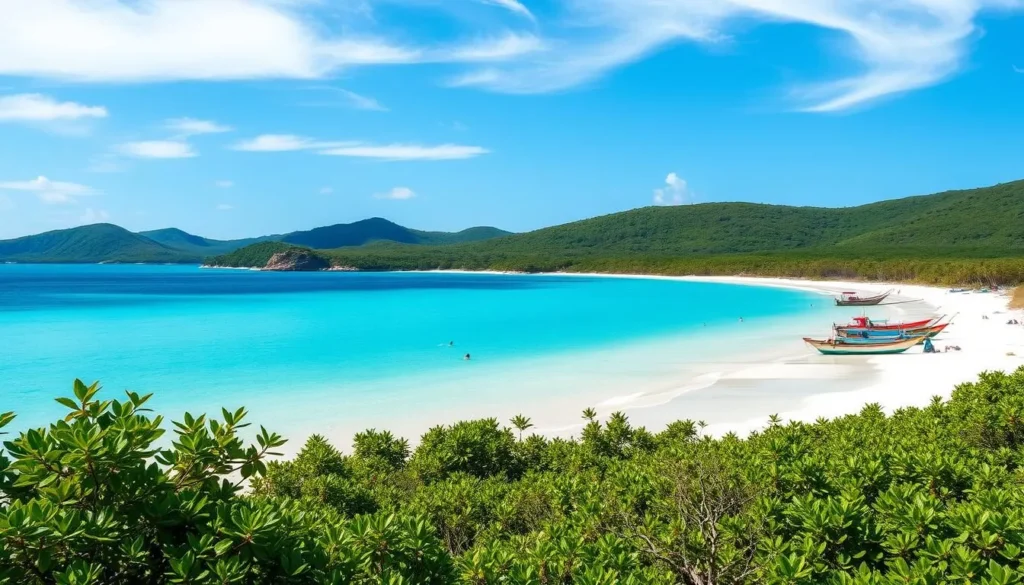
| Season | Months | Weather | Travel Considerations |
| Dry Season (Peak) | June – September | Warm, dry, 26-34°C | Ideal for all activities, best road conditions |
| Shoulder Season | May, October | Variable, occasional rain | Fewer tourists, slightly lower prices |
| Wet Season | November – April | Hot, humid, heavy rainfall | Difficult road conditions, some areas inaccessible |
Avoid the rainy season (November to April) if planning to explore remote areas, as roads can become impassable due to flooding and landslides. If you’re primarily staying in Dili, the shoulder seasons (May and October) can offer good value with fewer tourists.
Getting Around Timor-Leste
Transportation in Timor-Leste can be challenging but rewarding for adventurous travelers. Road conditions vary significantly, with better infrastructure in and around Dili and more rugged conditions in rural areas.
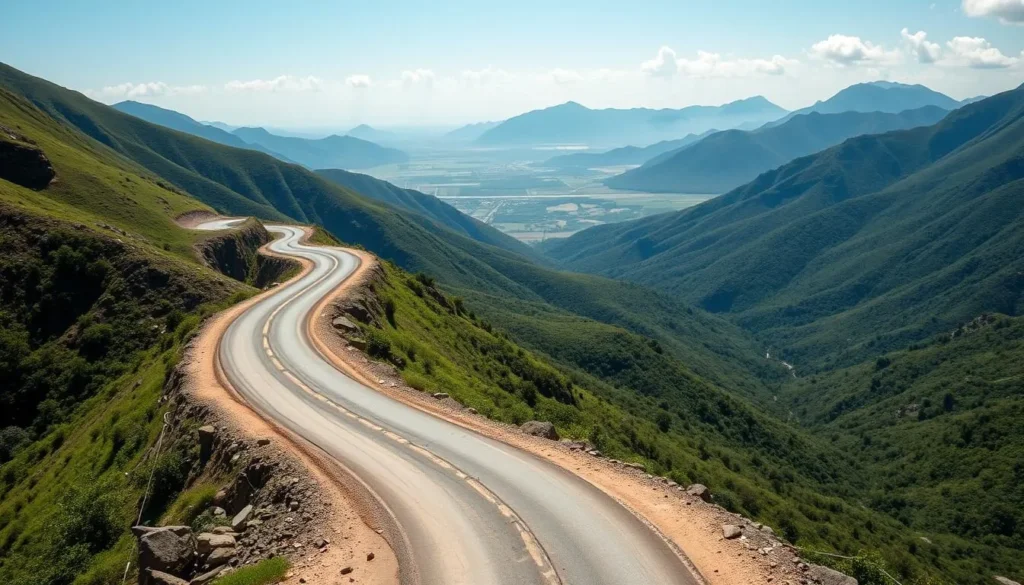
Transportation Options
Public Transport
Microlets (minivans) are the most common form of public transportation in Dili, costing around 25 cents per ride. For intercity travel, buses and shared taxis operate from three main terminals in Dili:
- Becora Bus Station (eastbound routes)
- Tasi Tolu Bus Station (westbound routes)
- Taibessi Bus Station (southbound routes)
While affordable (typically $3-5 USD for longer journeys), public transport can be crowded and schedules unpredictable.
Car Rental
For maximum flexibility, consider renting a 4WD vehicle, especially if venturing beyond Dili. Road conditions can be challenging with potholes, limited signage, and occasional flooding during the wet season.
Rental costs range from $35-145 USD per day depending on the vehicle type. Most rental agencies are based in Dili, and advance booking is recommended during peak season.
Find the best rental car deals for exploring Timor-Leste at your own pace:
Transportation Tips
- In Dili, yellow taxis (non-metered) require negotiation before boarding; expect to pay $3-5 USD for most city trips
- Blue taxis are metered but less common
- For traveling to remote areas like Jaco Island, hiring a driver with local knowledge is recommended
- Gas stations are limited outside major towns, so fill up when possible
- Allow extra time for all journeys, as road conditions can slow travel considerably
Where to Stay in Timor-Leste
Accommodation options in Timor-Leste range from basic guesthouses to mid-range hotels, with most choices concentrated in Dili. Outside the capital, expect simpler facilities but often in spectacular locations.
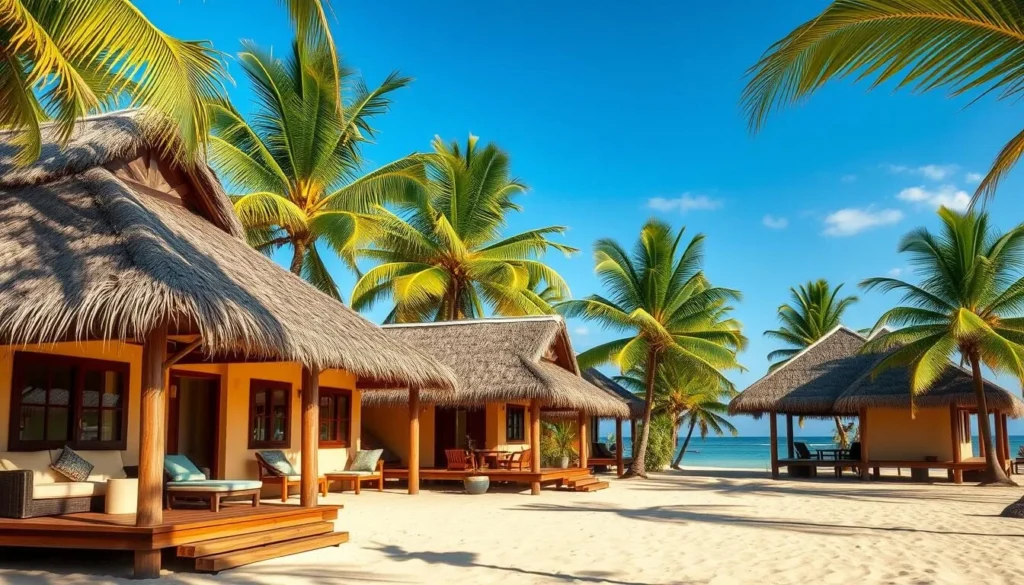
Find Your Perfect Stay in Timor-Leste
From beachfront bungalows to mountain retreats, find accommodations that match your travel style:
Recommended Places to Stay
Dili
As the capital and main hub, Dili offers the widest range of accommodations:
- Timor Backpackers ($15 USD/night for dorms) – The only hostel with reliable WiFi and a swimming pool
- Hotel Timor ($75-100 USD/night) – Mid-range option with central location
- Plaza Hotel ($100-150 USD/night) – Higher-end option with modern amenities
Atauro Island
This island paradise offers unique accommodation options:
- Atauro Dive Resort ($18 USD/night for dorms, $35 USD for private rooms)
- Barry’s Place Eco Lodge ($40-60 USD/night)
- Local homestays ($15-25 USD/night) – Authentic experience with basic facilities
Mountain Regions
In the cooler highlands, find charming guesthouses:
- Pousada de Maubisse ($40-60 USD/night) – Historic Portuguese guesthouse with mountain views
- Leublora Green Village ($35 USD/night) – Eco-friendly accommodation with traditional huts
- Pousada Alecrim in Hato Builico ($15 USD/night) – Simple rooms near Mount Ramelau
Accommodation Tips: Book accommodations in advance, especially during the dry season (June-September). Many places outside Dili may not have online booking options, so email or call directly. Power outages are common throughout the country, so accommodations with generators are preferable.
Top Attractions in Timor-Leste
From pristine beaches to mountain peaks, Timor-Leste offers diverse attractions for adventurous travelers. Here are the must-visit destinations and experiences across the country.
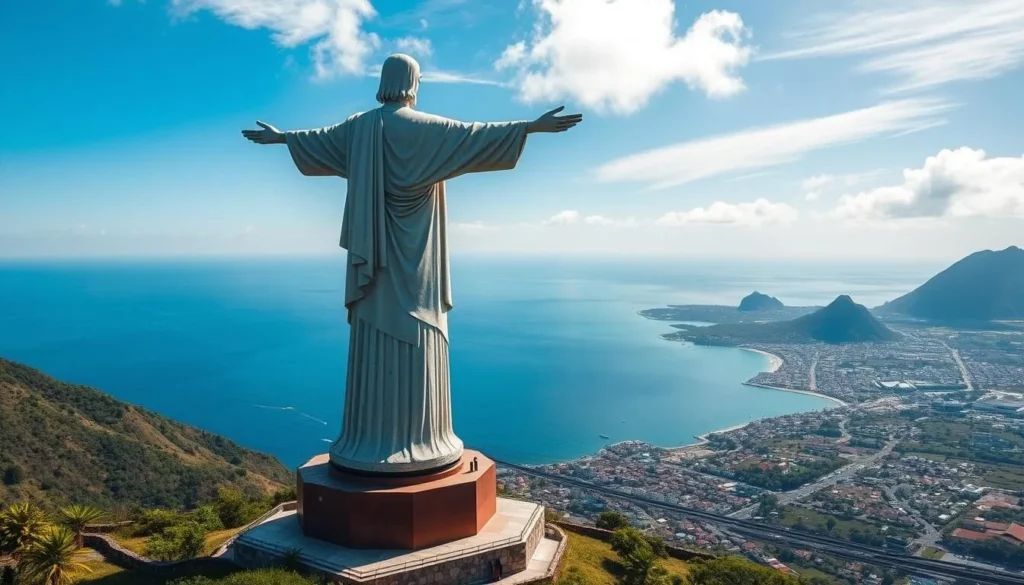
Explore Timor-Leste’s Highlights
Discover guided tours and unique experiences to make the most of your visit:
Dili Highlights
Cristo Rei Statue Must Visit
This 27-meter-high statue of Jesus is the second largest of its kind in the world (after Rio de Janeiro). A 20-minute hike up 500+ steps rewards you with panoramic views of Dili and the coastline. Visit at sunset for the most spectacular experience, and don’t miss the hidden Dolok Oan Beach behind the statue—a pristine white sand beach perfect for swimming.
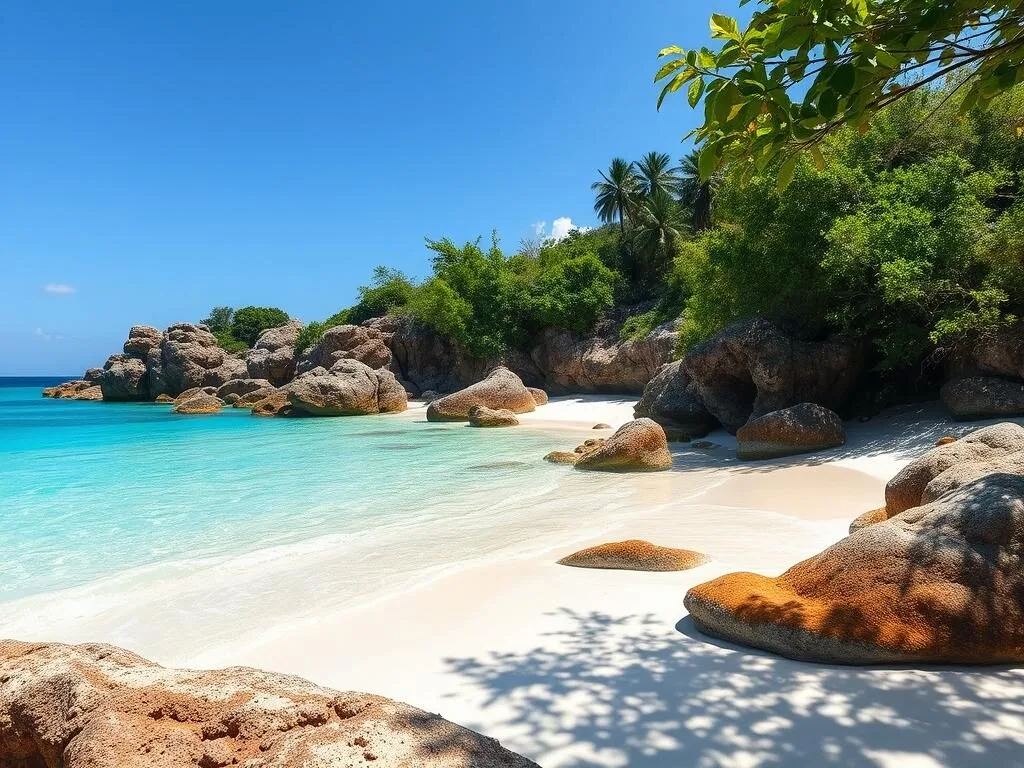
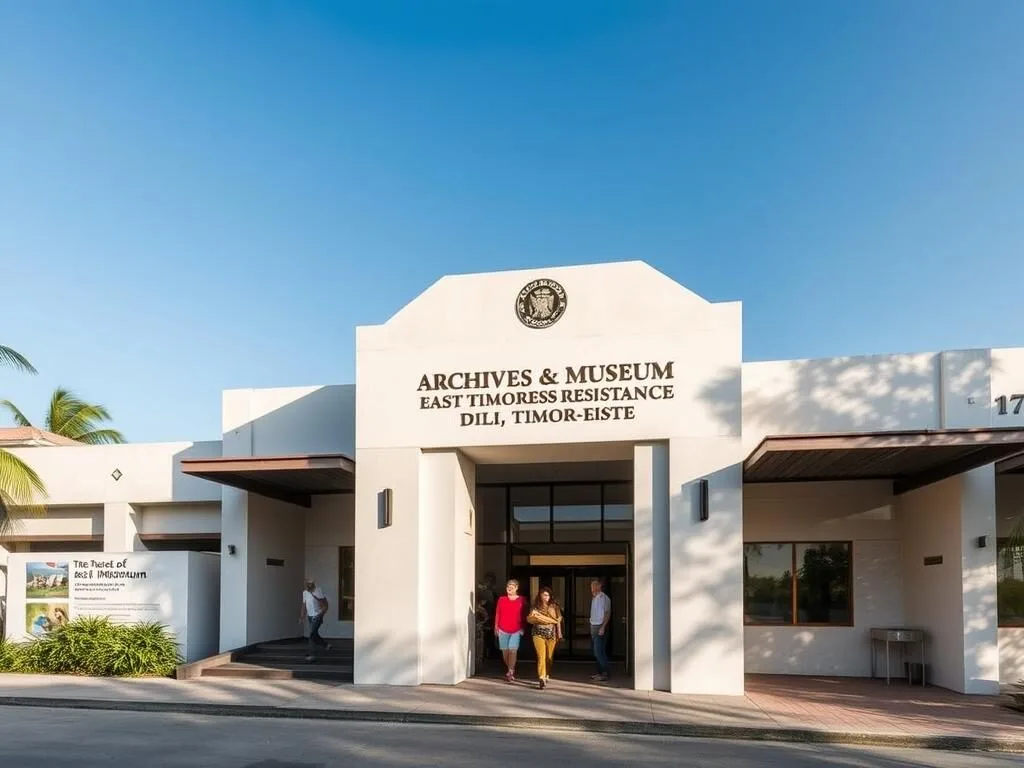
Historical Museums
To understand Timor-Leste’s complex history and struggle for independence, visit the Archives & Museum of East Timorese Resistance and the Chega! Exhibition. These powerful museums document the country’s journey through Portuguese colonization, Indonesian occupation, and eventual independence in 2002. The Santa Cruz Cemetery, site of the 1991 massacre, is another important historical site.
Atauro Island

Just a 2-hour ferry ride from Dili, Atauro Island boasts some of the most biodiverse coral reefs in the world. The island offers:
- World-class snorkeling and diving with vibrant coral gardens and abundant marine life
- Beloi Beach, perfect for relaxation and easy access to snorkeling spots
- Hiking trails with spectacular viewpoints across the island
- Boneca de Atauro, a women’s cooperative selling handmade textiles and crafts
- Authentic homestays for an immersive cultural experience
Mountain Regions

Mount Ramelau
At 2,986 meters, Mount Ramelau (Tatamailau) is Timor-Leste’s highest peak. The hike to the summit begins in Hato Builico village, typically starting at 3:30 AM to reach the top for sunrise. The trail is moderately challenging but accessible to most fit hikers, rewarding with spectacular views across the country on clear days. The summit features a statue of the Virgin Mary, making it a pilgrimage site for local Catholics.
Maubisse
This charming mountain town offers a cool retreat from Dili’s heat. Surrounded by coffee plantations and rolling hills, Maubisse is perfect for relaxation and gentle exploration. Stay at the historic Pousada de Maubisse for panoramic views or the eco-friendly Leublora Green Village to learn about sustainable agriculture. The area is known for its excellent locally-grown coffee, which you can sample at community cafes.
Eastern Regions
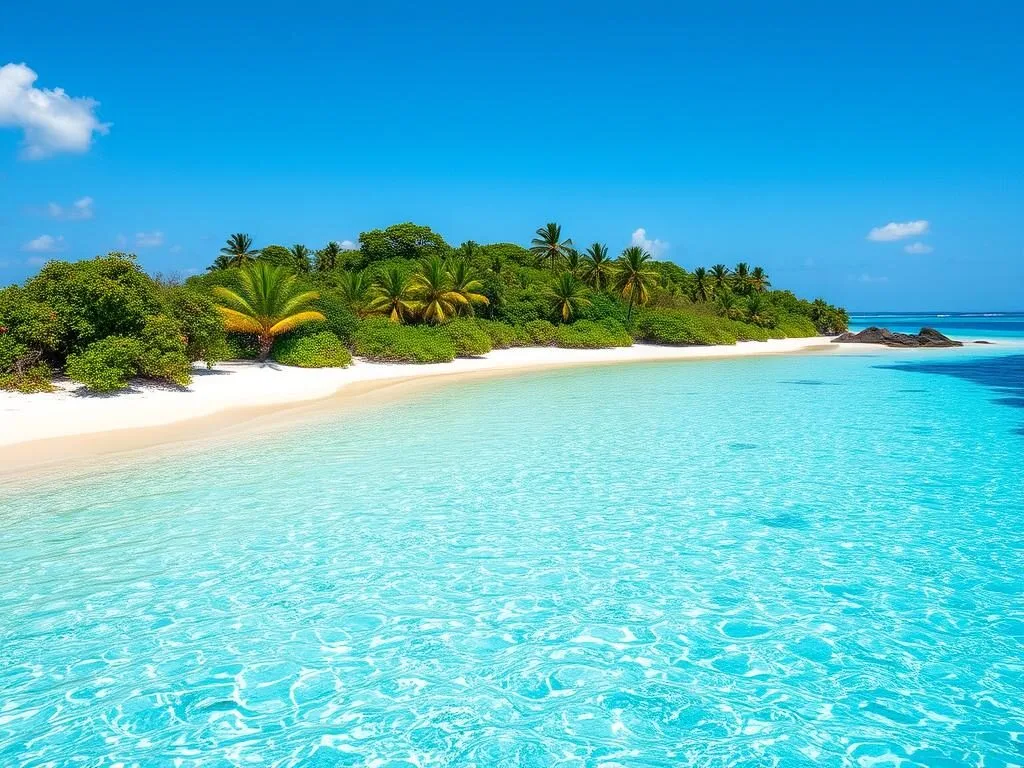
Jaco Island Hidden Gem
This uninhabited island at Timor-Leste’s eastern tip is considered sacred by locals. While overnight stays are prohibited, day trips allow visitors to enjoy its pristine white sand beaches and exceptional snorkeling. The journey to reach Jaco is challenging but rewarding, typically involving a stop in Baucau (Timor-Leste’s second-largest city) before continuing to Tutuala and taking a boat to the island.
Baucau
Timor-Leste’s second city offers Portuguese colonial architecture, including the historic Pousada de Baucau guesthouse and the grand Old Market building. The public swimming pool provides welcome relief from the heat, while the surrounding area features beautiful beaches like Osolata and traditional villages worth exploring.
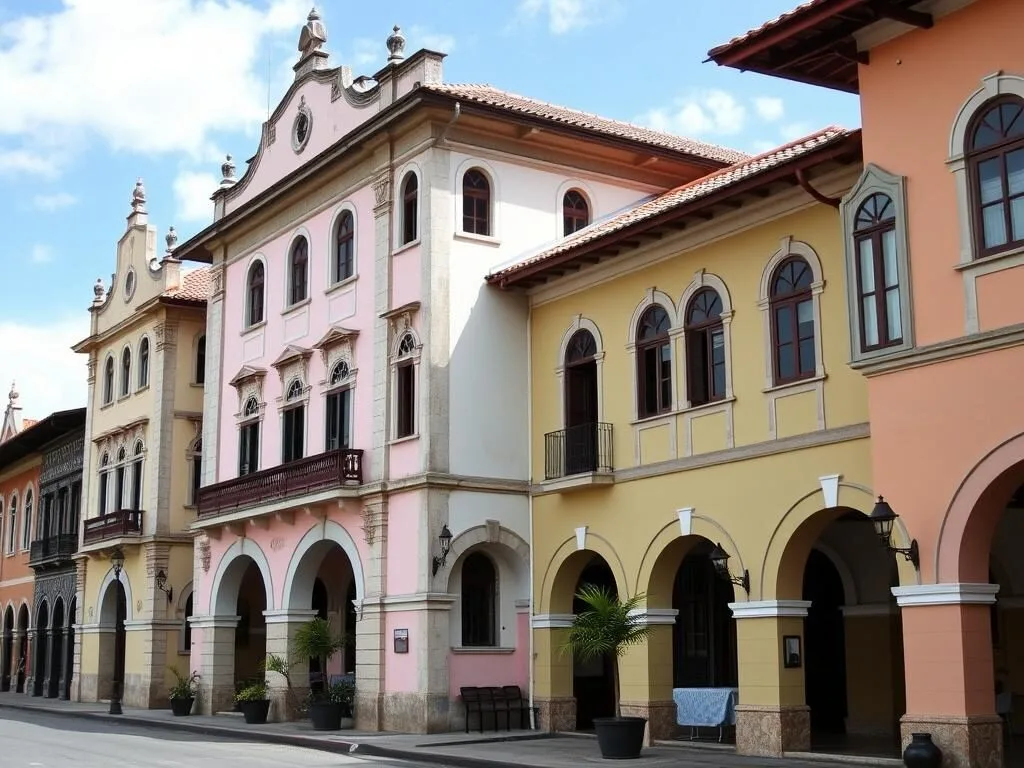
Cultural Experiences
Timor-Leste’s rich cultural heritage blends indigenous traditions with Portuguese colonial influence and the powerful story of independence. Engaging with local communities offers some of the most rewarding experiences for travelers.
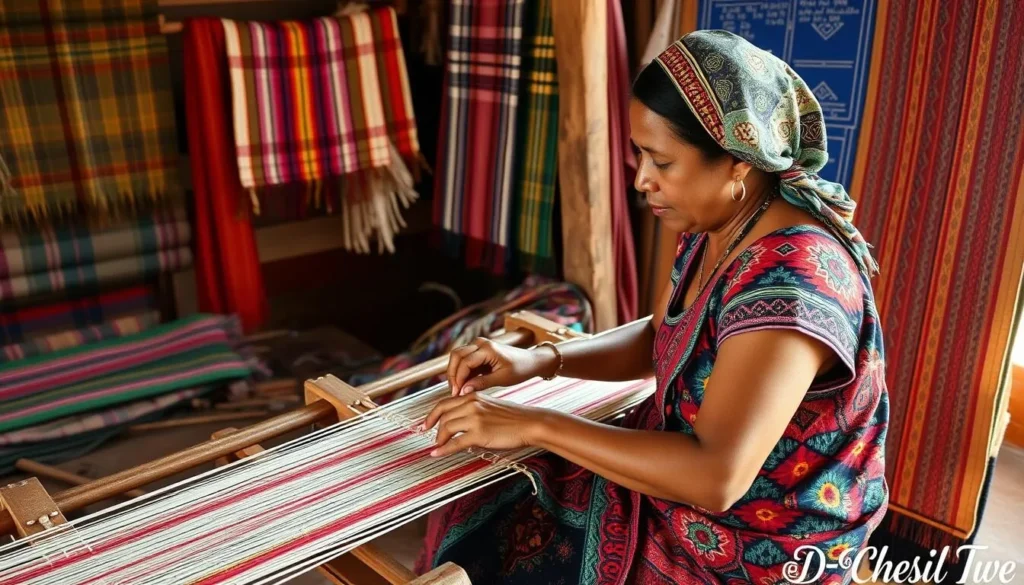
Must-Try Cultural Experiences
Tais Market
Visit the Tais Market in Dili to see and purchase traditional hand-woven textiles. Each region has distinctive patterns and colors, making these textiles both beautiful souvenirs and important cultural artifacts. The market also offers other handcrafted items from local communities.
Coffee Culture
Timor-Leste produces exceptional organic coffee, particularly in the highlands around Maubisse and Aileu. Visit a coffee plantation to learn about traditional growing methods, or simply enjoy freshly brewed local coffee at Letefoho Cafe in Dili or community cafes in the mountain regions.
Social Enterprises
Support local development by visiting social enterprises like Boneca de Atauro (women’s textile cooperative), Agora Food Studio (sustainable restaurant in Dili), or Projeto Montanha in Aileu (community development center). These organizations provide authentic cultural experiences while contributing to local communities.
“I like the way tourism in Timor isn’t ‘boom’ right now. It gives everyone a chance to get everything right. It is a unique destination. We don’t have a lot of tourist attractions. This is the right time, this is the experience you don’t want to miss out on.”
Food and Dining
Timorese cuisine blends Portuguese influences with Indonesian and indigenous flavors, creating a unique culinary experience. Fresh seafood, tropical fruits, and locally-grown coffee are highlights for food enthusiasts.
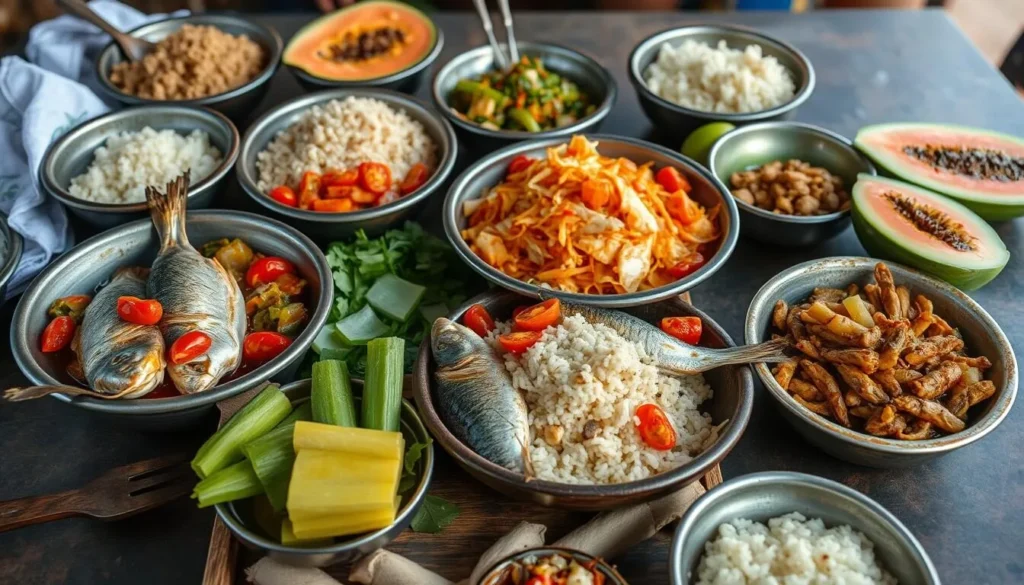
Where to Eat
Dili Restaurants
- Agora Food Studio – Pioneer of sustainable, organic food using local ingredients
- Letefoho Cafe – Excellent locally-brewed coffee and pastries
- Ahi Matan Restaurant – Traditional Timorese cuisine with dishes like Etu Hakmerik (vegetable and rice dish)
- Castaway Bar – Popular expat hangout with international menu and beachfront location
Local Experiences
- Timor Plaza Saturday Night Market – Street food including satay and local specialties
- Tasi Tolu Fish Market – Fresh seafood prepared on the spot
- Homestay meals – Some of the most authentic food experiences, especially on Atauro Island
- Mountain village cafes – Try locally-grown coffee in the highlands
Must-Try Dishes
- Ikan Sabuko – Fish sautéed with garlic, tomatoes, and coconut milk
- Batar Da’an – Corn and red beans with pumpkin and papaya flowers
- Budu – Spicy fish soup with tamarind
- Koto – Bean stew with vegetables and sometimes meat
- Bibinka – Sweet coconut rice cake
- Kafe Timor – Locally-grown coffee, often served very strong and sweet
Practical Travel Tips
Traveling in Timor-Leste requires some preparation and flexibility. These practical tips will help you navigate this emerging destination with confidence.
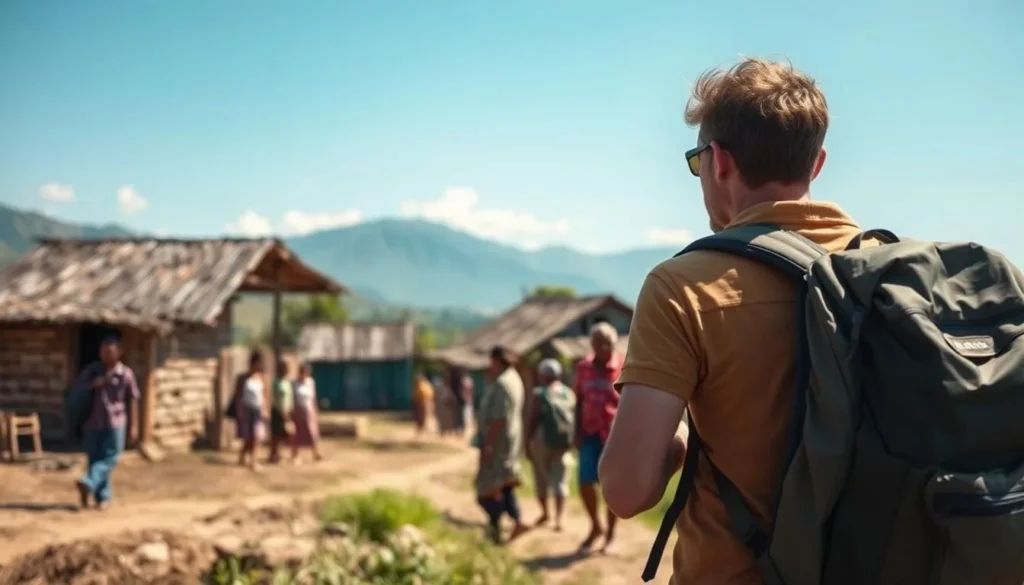
Essential Information
Money
- Timor-Leste uses US dollars as its official currency
- ATMs are available in Dili but limited elsewhere
- Bring sufficient cash for travel outside the capital
- Credit cards are rarely accepted outside major hotels
- Daily budget: $30-50 USD for budget travelers, $100+ USD for more comfort
Communication
- Reliable WiFi is limited, mainly available at Timor Backpackers in Dili
- Purchase a Telkomsel SIM card at Dili airport for mobile data (approximately $11 USD for 2.4GB)
- Download maps and essential information before traveling to remote areas
- Consider installing a VPN before arrival for more reliable access to online services
Health & Safety
- Bring basic medications and first aid supplies
- Use mosquito repellent to prevent dengue fever
- Drink bottled or purified water only
- Timor-Leste is generally safe, but exercise normal precautions
- Healthcare facilities are limited outside Dili
Cultural Etiquette
- Dress modestly, especially when visiting rural areas or religious sites
- Ask permission before taking photographs of people
- Learn a few basic phrases in Tetum (local language) – “Bondia” (good morning) and “Obrigado/a” (thank you)
- Respect local customs regarding sacred sites, particularly Jaco Island
- Be aware of Tara Bandu – traditional laws that govern behavior in many communities
Packing Essentials
- Lightweight, breathable clothing with some modest options
- Good walking/hiking shoes for uneven terrain
- Swimwear and quick-dry towel for beaches and swimming
- Snorkeling gear if planning to visit Atauro or Jaco Island
- Sunscreen, hat, and sunglasses
- Insect repellent and basic first aid kit
- Power bank for charging devices during outages
- Flashlight or headlamp for power cuts
- Water purification method (tablets or filter)
- Cash in US dollars in various denominations
Sample Itineraries for Timor-Leste
Whether you have a few days or a couple of weeks, these itineraries will help you make the most of your time in Timor-Leste.
5-Day Highlights Tour
| Day | Location | Activities |
| Day 1 | Dili | Explore Cristo Rei, visit resistance museums, enjoy local coffee at Letefoho Cafe |
| Day 2-3 | Atauro Island | Snorkeling, hiking to viewpoints, visiting Boneca de Atauro cooperative |
| Day 4 | Maubisse | Coffee plantations, mountain views, relaxation at Pousada de Maubisse |
| Day 5 | Dili | Shopping at Tais Market, dinner at Agora Food Studio, departure |
10-Day Comprehensive Itinerary
| Day | Location | Activities |
| Day 1-2 | Dili | City exploration, museums, Cristo Rei, local markets |
| Day 3-4 | Atauro Island | Snorkeling/diving, hiking, homestay experience |
| Day 5 | Dili | Rest day, prepare for mountain journey |
| Day 6 | Hato Builico | Travel to mountain region, prepare for Ramelau hike |
| Day 7-8 | Maubisse | Mount Ramelau sunrise hike, coffee plantations, relaxation |
| Day 9-10 | Dili | Return to Dili, final shopping, departure |
Adventure Extension: For those with more time and a sense of adventure, add 4 days to visit Baucau and Jaco Island in the eastern region. This requires more challenging travel but rewards with some of Timor-Leste’s most pristine landscapes.
Experience Timor-Leste Before the World Discovers It
Timor-Leste offers a rare opportunity to explore a destination still in the early stages of tourism development. With fewer than 10 tourists arriving daily, you’ll experience authentic culture, pristine natural environments, and genuine connections with local communities that are increasingly hard to find in more developed destinations.
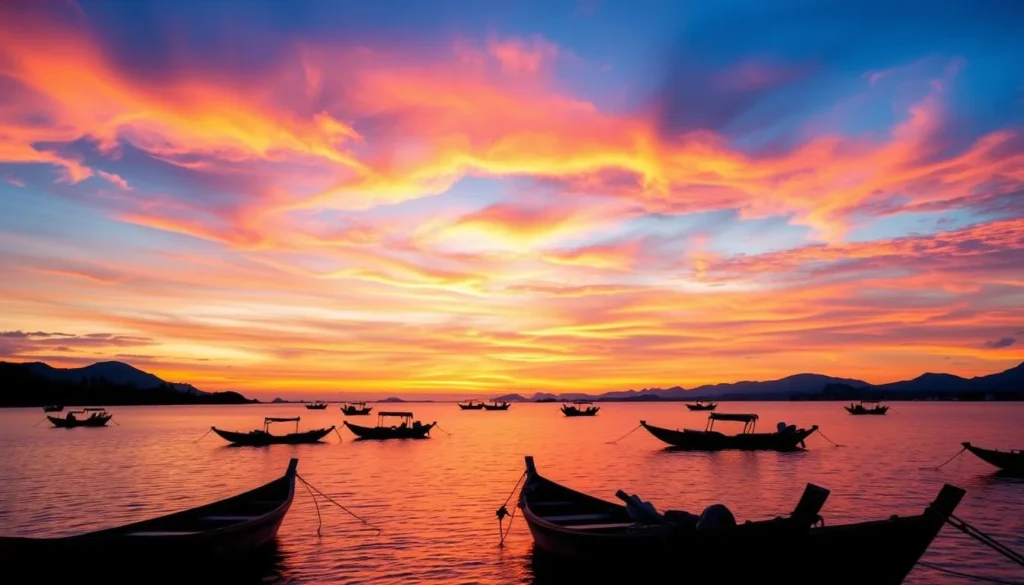
From world-class diving and snorkeling around Atauro Island to the spiritual experience of watching sunrise from Mount Ramelau, from learning about the country’s powerful journey to independence to supporting community-based tourism initiatives, Timor-Leste rewards travelers with meaningful experiences and stories few others can share.
Ready to explore Asia’s best-kept secret?
Start planning your Timor-Leste adventure today!
The above is subject to change.
Check back often to TRAVEL.COM for the latest travel tips and deals.
